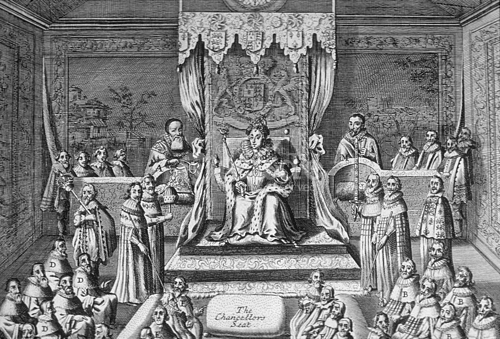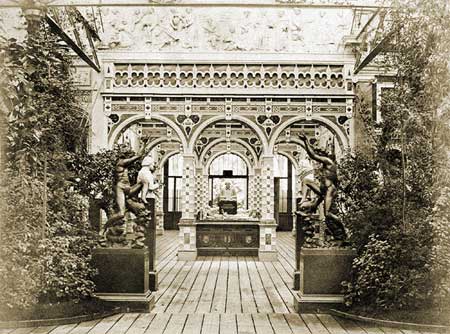Salisbury Court Playhouse: When Shakespeare was alive, there was a massive breakthrough in the theatrical design. The infrastructure of the theatre halls was rebuilt and re-modified. During Elizabethan period, the theatre received a new facelift.
The amphitheatre came into existence which looked like a stadium. It could house approximately 1500 people. However, the coming of the playhouse was really remarkable in British history.
Elizabethan Playhouses
Contents
The playhouse was a small theatre hall which was used for acting purposes. The amateur and professional players and dramatists used the playhouses for showing their artistic skill and adroitness.
They performed different sorts of dramas on the stage of these indoor entertainment halls. The Whitefriars Playhouse theatre was superseded by the Salisbury Court Theatre in the year of 1629.

In actuality, Richard Gunnell and William Blagrove constructed this marvellous theatre spending around £1000. However, this theatre was later closed by Puritan rulers after winning the political power to run the government in England.
Salisbury Court Playhouse Facts
Puritans didn’t allow actors to perform any cultural event as they believed that this type of cultural show or program would derail general folks from their principles and morality.
The restriction was very severe. The Puritan rulers have served strict notices to actors and playwrights. Actors would deserve backlash and face penalty charges if they willfully staged dramas in any public theatre halls.

Those who attended such cultural programs would be fined 5 shillings. In 1649, eventually, this Salisbury theatre was levelled to the ground by the battalion of soldiers.
History of Theatre in England
However, much later, in 1660, King Charles II came into power in England. With the departure of Puritans from England, the theatre halls were reopened and William Beeston felt it urgent to reopen the Salisbury Court Theatre. It was the greatest achievement in British history.

Salisbury Court Playhouse welcomed the young actors to perform dramas in the private indoor theatre hall. The Salisbury Court Playhouse was perfectly decorated with a superb natural background. The beautiful scenario was used by actors in the theatre hall.
The interior and exterior designs of the Salisbury Court Playhouse enticed people to visit the playhouse. Comparing to the public entertainment centres, this Salisbury Court Playhouse was much more elegant.
Elizabethan Theatre
However, the prices of the tickets were high. For this reason, the Salisbury Court Playhouse was only meant for the upscale society. Common persons couldn’t bear the cost of attending entertainment shows at this playhouse.

There was a good arrangement for food and drinks. During intervals, the audience liked to purchase packets of food for eating. The burnt candles in the chandeliers were replaced halfway through the performance of dramas.
Tudor Theatre
The most prominent drama companies in the Tudor era were Lord Chamberlain’s Men, King Jame’s Men, Lor Stange’s Men etc. The companies only carried the names of their patrons who were royal people but actually received little patronage from them.
The actor and crew members had to make arrangements for everything by themselves. The names of the royal people associated with them provided them with the legal privilege to stage productions.
More Info On- Elizabethan Courts, Playhouses, Plays Stage and Theater